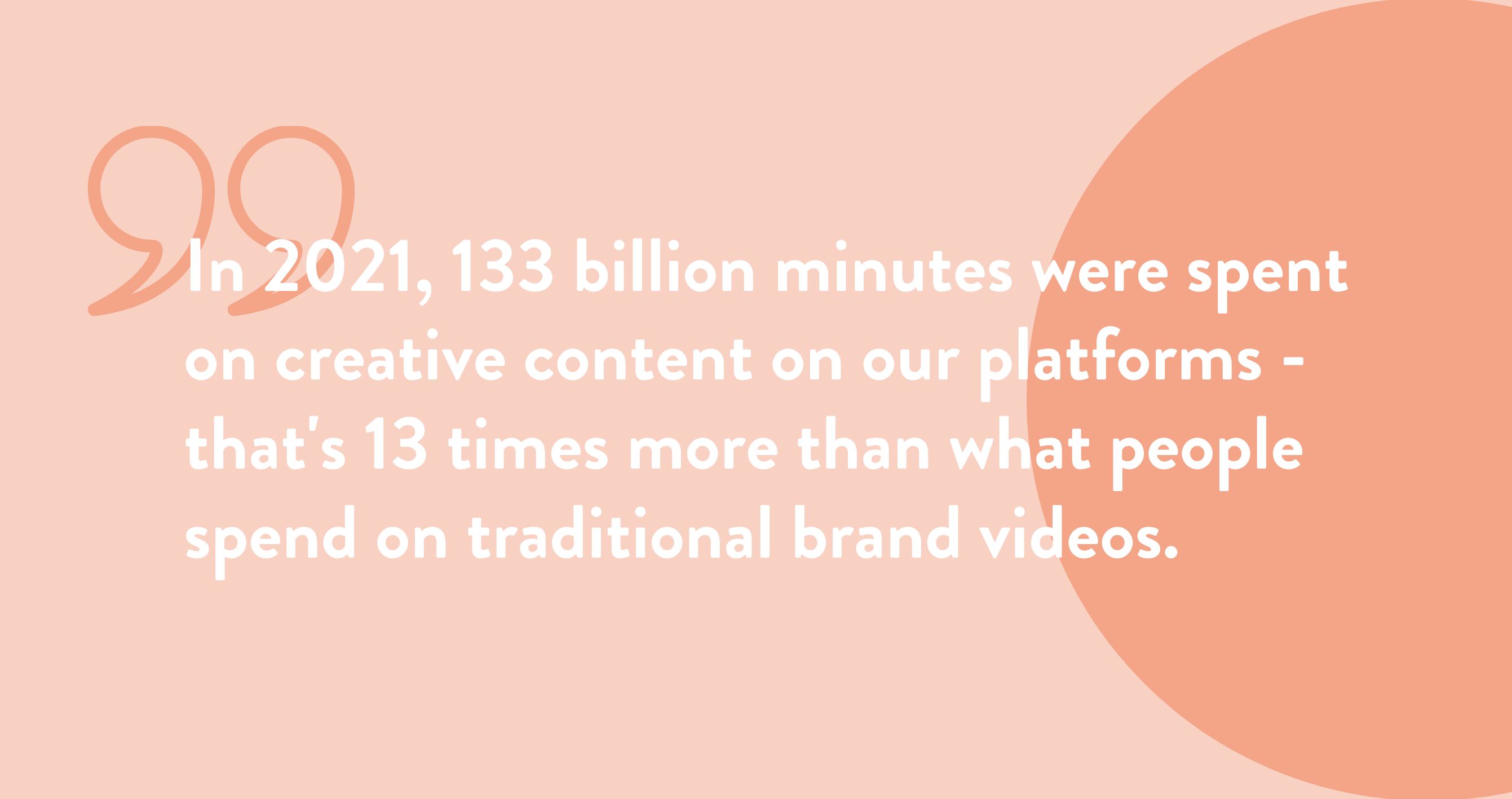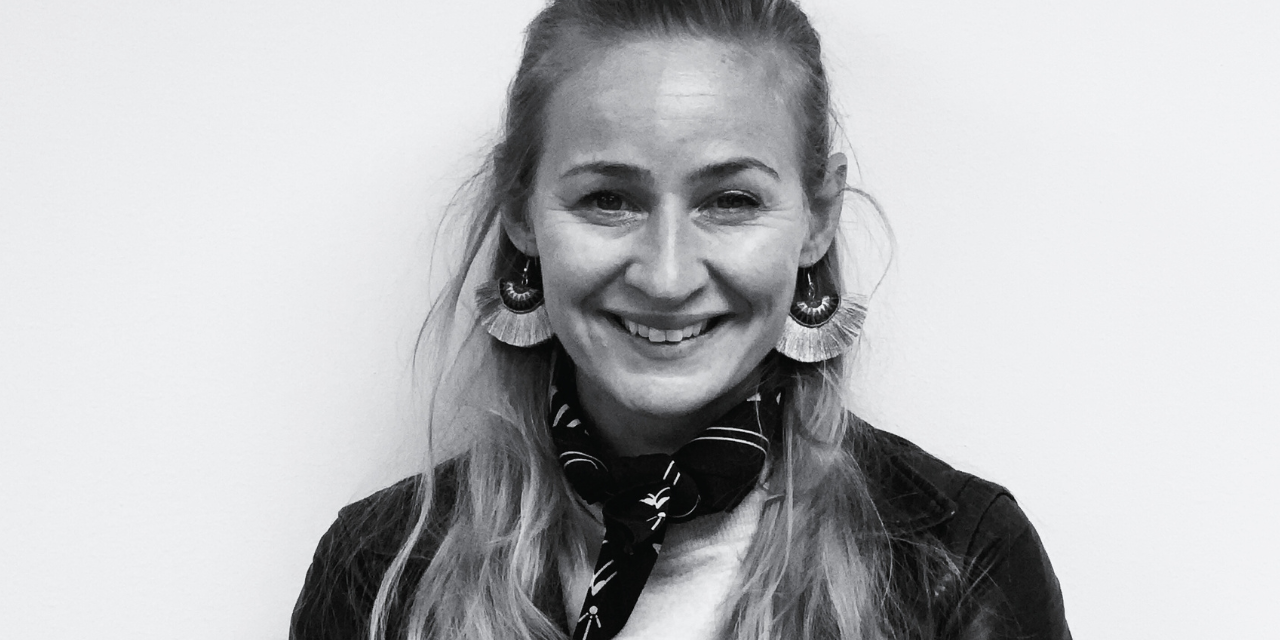Typically, content created by influencers has been associated with branding rather than a brand‘s performance marketing strategy. But, according to Meta, this view should be changed since studies show that branded content can promote both brand and performance.
We sat down with Meta’s creative strategist, Josefine Billström Raasakka, to unpack what it takes for brands to thrive on the Meta platforms today and why influencer content is integral to every performance marketing strategy.
Who are you and what’s your role at Meta?
My name is Josefine and I’ve worked as a strategist in advertising for almost ten years. Now I’m working as a creative strategist as a part of the global team that’s called Creative Shop. I work with some of the largest advertisers in the Nordic region, helping them to create and enhance their creative assets to obtain the best possible outcomes.
Based on your experience and the studies that Meta has conducted, what advice would you give marketers about what is working best on the Meta platforms currently?
Based on one of the largest academic studies on brand building conducted in collaboration with Kantar and the University of Oxford, there is no one-size-fits-all solution. As an industry, we need to move away from the idea that there is a generic brand campaign that is the only way to do things.
To help advertisers, we have developed a framework called Connected Brands to identify the desired outcomes and key metrics and to build campaigns accordingly. This framework consists of two parts: the foundations, which are a combination of video and stills, and multipliers which can be added depending on the desired outcome. By utilizing the full toolbox available on our platforms, these multipliers can help to take campaigns to the next level.
Unfortunately, many advertisers still only use static images or videos, which does not fully take advantage of all the options available. When looking at the multipliers, we can categorize them into three main areas: Connected Experiences, Connected Voices and Connected Discovery. Connected Experiences use formats such as augmented reality or messenger chatbots to create immersive experiences with the audience. Connected Voices utilizes the power of influencers or creators to create branded content. Finally, Connected Discovery uses tools such as product tags to make it easier for people to access the product being featured in the content.
Let’s delve a bit deeper into the Connected Voices multiplier!
When it comes to branded content, (content created by influencers), we are seeing great results both from a branding and performance perspective. In 2021, 133 billion minutes were spent on creative content on our platforms – that’s 13 times more than what people spend on traditional brand videos! Additionally, research has shown that 58% of consumers purchased a new product as a result of a creator’s recommendation.

From a performance perspective, we have seen that when branded content is included in your business-as-usual assets, it will result in a 19% reduction in cost per acquisition and a 53% higher click rate. While branded content is often considered to be primarily for the purpose of branding, we are also seeing great performance results.
These are great numbers! Do you think that most performance marketers know about this?
Some do. It guess it depends on the industry and brand. Fashion performance marketers are starting to recognize the effects, and we’ll discuss this further later. Many brands are beginning to comprehend the impact of this.
Do you see any common mistakes that brands make when dealing with this issue?
Yeah, getting branded content right can be quite tricky because it requires finding the perfect balance between the brand’s voice and the creator’s voice. The most common mistake brands make is that they either give the creator they’re working with or the influencer too little freedom, resulting in the content being inauthentic. Consumers can see through this, so it can end up having a negative impact on both the creator and the brand. The other mistake is that they give too much freedom, making it unclear what product is being sold. In the best case, this will result in driving an entire category rather than just the brand, but in the worst case, nothing at all because it is not clear what the creator is promoting. Thus, it is tricky to get the balance right, and it takes some calibration.
Before the interview, you mentioned that you like to refer to influencers as creators rather than just people with a large following. Could you please explain this shift and why it is so vital on a platform like Meta today?
Yeah, I believe that influencer marketing is currently undergoing a major shift compared to where it came from, and I believe this is driven by three main things. Firstly, the industry has become more mature, and brands are finally recognizing its potential and the impact it can have on business results. Secondly, there is a very significant power shift from organisations to individuals across industries. It is interesting to note that some of the influencers we see today have become successful business people and have used themselves as brands. Lastly, when we look at how to use influencer content, organic versus bought, we have seen that Instagram branded content ads have a 3.9% lower cost per purchase than when you run ads from creator handles without using the branded content product. Therefore, it is the content, not the people following the influencer, that are driving business results.
We can also see that brands are now approaching influencers not only for their followers, but also for their creative talent and unique voice; this is why they are called creators. It is an important change in mindset to begin viewing influencers in this way; this will influence how they are briefed and used.

If we focus on Instagram specifically, we have moved away from the Feed to Stories and now to Reels, which is extremely popular and widely used by users, creators, and brands alike. What would you say is essential for brands to be successful with Reels and maintain their audience on the platform in the face of declining engagement that we are all battling?
Yes, it really is a shift. Reels has become our biggest and fastest growing format. There are now more than 140 billion Reels played every day across Facebook and Instagram, representing a 50% increase from six months ago. This highlights the current situation. To be successful with different formats and with Reels, it’s important to understand the language of Reels. This ties into a cultural shift away from polished and perfection, towards one that celebrates relatability and authenticity in terms of how one visually expresses themselves on digital platforms. According to studies, 84% of young consumers agree that they like it when content from brands is not perfect. 79% agreed that they are tired of seeing perfect, polished images in advertising. Therefore, if a brand puts out a highly polished TV ad on these platforms, it will stick out as an advertisement, and the content will not be perceived as authentic.
It is important to understand the context of language specifically used in Reels. What makes a Reels post successful? It must be entertaining, digestible, and relatable. The term “lo-fi” is being used a lot and this is scaring some premium brands. However, it is more about being authentic. This is where the magic of good creators and good branded content comes in, as they are often able to find the perfect balance for the brand.
Finally, let’s take a brief look at what the future holds – something that has been discussed for a while is already here and it is quite exciting. I’m referring to the Metaverse and Spark AR creators. First of all, what is really the Metaverse?
The metaverse is the next iteration of the Internet. When I first started using the Internet, I was using a desktop and had to connect to the Internet through a modem. Then mobile phones and smartphones came out, allowing us to access the Internet with apps wherever we went. Now, we’re seeing the next shift in the Internet, where we’ll be able to step into it. Technologies like augmented reality, virtual reality, and artificial intelligence are driving this shift. Additionally, this shift has allowed for new types of creators and influencers to step into this space. When people think of creators and influencers, they often think of the personality-driven influencers that talk and show what’s happening in their lives. But now we’re seeing new types of creators that are really exploring these emerging technologies.
This is so cool! Can you tell us more about these creators?
If you want to explore examples of Augmented Reality, Virtual Reality, and Artificial Intelligence, I recommend checking out @Karenxcheng and @donalleniii. In 2022, Augmented Reality filters became mainstream in the Nordics. If you’re considering developing AR filters, creators like @ommy and @ls.studio.file are great to look at. Not only are they exploring and creating with this new technology, they’re also sharing their learnings back to the community. They are being incredibly generous by not only showing you how they made a filter, but also the spirit of their generosity in what they are giving back.
This community of creators will be building the next iteration of the Internet, and I’m very excited to see where they go. If you are a creator in the Nordics, please reach out to me as I have not seen many examples from this region yet. It is very exciting to see what 2023 has in store!


